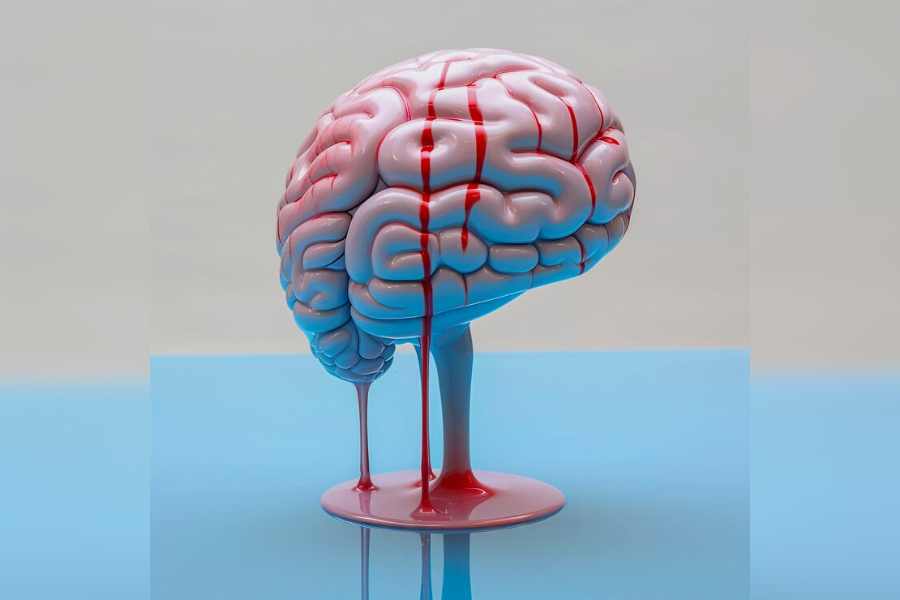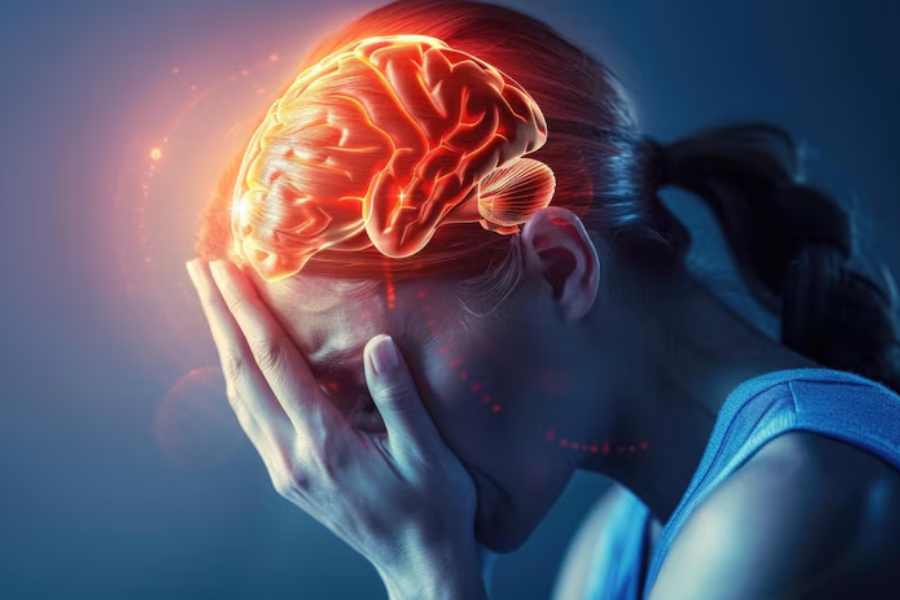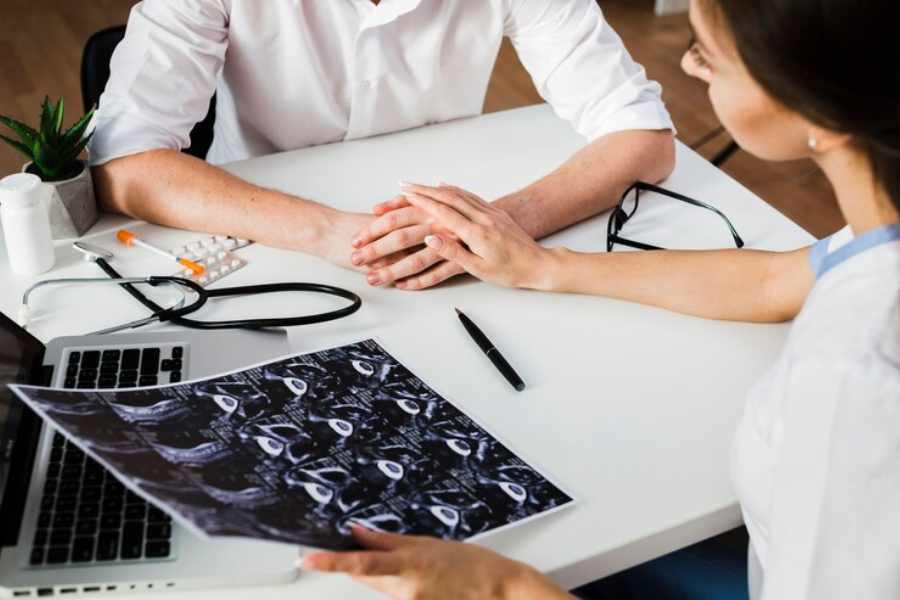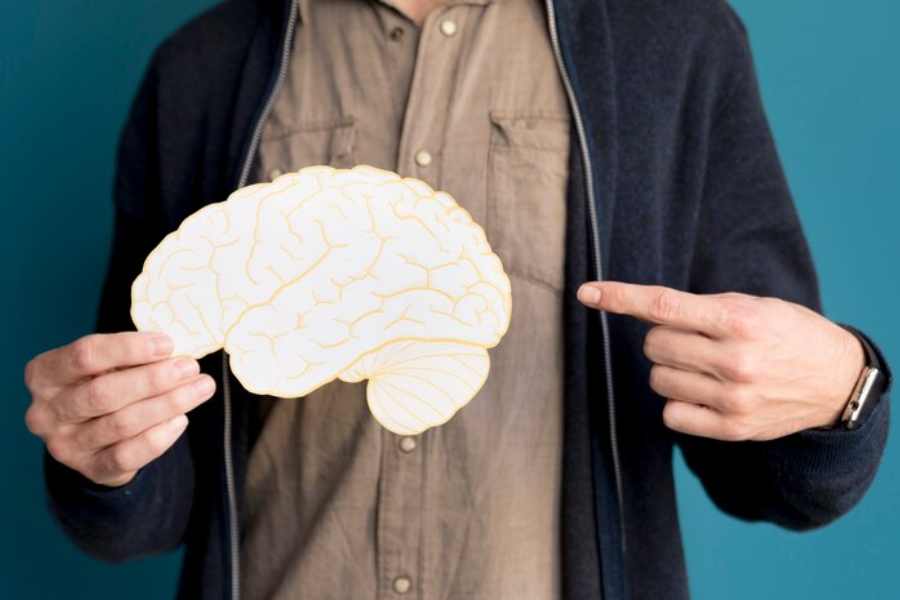
What is a stroke? Why is Post Stroke Rehabilitation critical for patients?
Stroke (stroke) occurs when the supply of an area of the brain is interrupted or reduced, preventing the brain tissue from receiving oxygen and nutrients. In this case, the brain cells begin to die within minutes. A stroke is a severe medical emergency, and prompt treatment is of utmost importance. Early intervention can reduce brain damage and prevent other complications with the proper treatment of the disability that could be treated.
What are the symptoms of a stroke?
If you or someone around you has a stroke, pay close attention to when the symptoms started. There are treatment options that are very effective if given shortly after the onset of the stroke.
Signs and symptoms can be:
- Difficulty speaking and understanding what others are saying.
- Paralysis or sudden numbness of the face, arm, or leg.
- Vision disorders in one or both eyes or double vision.
- Sudden, severe headache accompanied by vomiting, dizziness, and loss of consciousness.
- Walking difficulties, balance disorders, loss of coordination
How prevalent is a stroke?
Stroke is the primary cause of severe and long-term disability. It is the second leading cause of death worldwide and the third leading cause of death, after cardiovascular disease and cancer, responsible for 10-12% of deaths every year.
Stroke represents the first cause of disability in older people with a significant individual, family, and socio-economic impact.
The prevalence and incidence of stroke differ from patient to patient, and the complexity varies individually and in various aspects of a patient.

What are the consequences of a brain stroke?
As mentioned, post-stroke rehabilitation varies according to the consequences that the ischemic attack has caused in the patient, or more precisely, from the affected area of the brain.
Damage to a part of the nervous system can disrupt nerve signaling to the muscles in one or more limbs, causing paralysis.
Dysphagia:
Dysphagia or difficulty swallowing, takes more time and effort to move food or liquid from your mouth to your stomach.
Aphasia:
Aphasia is a language disorder that occurs when there is damage to the parts of the brain that are responsible for producing and processing language.
Apraxia:
Apraxia is the difficulty performing gestures in the absence of paralysis. It is neglect or hemi-attention, so it is impossible to look at and explore the left half of the body and space.
Apraxia is a neurological disorder characterized by the inability to perform learned (familiar) movements on command, even though the power is understood and willing to act.
Depression:
Post Stroke Depression is the most common situation. Neuropsychiatric disorders with cerebrovascular disease include depression, anxiety disorder, and apathy. PSD also leads to cognitive disorder, mania, psychosis, effective pathological display, catastrophic reactions, fatigue, and anosognosia.

How does recovery happen from a stroke?
Stroke can be divided into two types, and they are: hemorrhagic and ischemic. Following a stroke, whether ischemic or hemorrhagic, some nerve cells die, while others are only damaged. The resulting disability depends on the area of the brain affected, the severity of the damage, age, and general health. Dead brain cells will no longer function, but damaged ones can resume their activity when the Edema, or swelling caused by ICTUS, is healed. This phenomenon explains the improvement seen in the first few weeks.
Subsequent improvements in the post-acute phase are much slower and are achieved by finding new ways of doing things.
For example, you eat with your left hand if your right hand is paralyzed or move around in a wheelchair if you cannot walk. In some cases, it appears that healthy areas of the brain can perform some of the functions of the damaged parts. Rehabilitation mainly favors improvements in the post-acute phase.

What is ictus stroke?
It is a sudden interruption of the blood supply to the brain.
Will rehabilitation work for ICTUS stroke?
ICTUS means International Citicoline Trial on Acute Stroke
Those who have had ICTUS can achieve a lot with rehabilitation. Post-stroke rehabilitation treatment should begin in the hospital immediately and continue with measurable improvements. Adaptation to disability and recovery after ICTUS are lengthy processes.
Post-stroke rehabilitation requires strong commitment and effort from the person, the family, and health professionals. There is no modus operandi for restoration as each ICTUS differs from all the others, and each person is different and reacts differently. Even with the help of rehabilitation, the degree of recovery will depend on the severity of the ICTUS. For some, rehabilitation aims at complete recovery; others try to get the best possible quality of life, even if the recovery is not comprehensive.
BEST NEURO CARE – BNC helps patients identify the best place for post-stroke rehabilitation and ensure they walk again. HAL therapy can help patients walk again after 10 to 15 sessions. BNC has partnered with various HAL therapy centers in Kenya, Singapore, Malaysia, India, and the UAE. You can contact us for more details based on your preference for location, needs, and interests.

